The Banaue Rice Terraces was built 2000 years ago (?) by the indigenous people of Ifugao mostly by hand. Covering an extensive area of over 10,300 square kilometers, it is a massive engineering wonder. According to the old Philippine Tourism website, when these terraces are all connected in a straight line, it would encircle half the globe!
Aside from the great effort needed to build such a colossal structure, what makes these terraces truly breathtaking is that it reflects the culture of the people who have lived in these mountains for millennia.
When I was a kid, I had always wondered why the people of Ifugao went through the trouble of “carving” a difficult mountainous terrain until my Grade 1 Sibika and Kultura teacher explained to us how rice is a significant part of the culture of Ifugao. In the highlands where it is difficult to find a flat fertile ground to plant crops in, terraces are one of the best ways to make use of arable lands. Rice needs plenty of water to grow and the terraced structure allows water to be trapped in each paddy while excess trickles down to the lower terraces.
It’s not just in the Philippines for there are other terraced mountainsides in China and other parts of Southeast Asia. It is a perfect example of people and the environment, and culture and nature (and agriculture) blending together in harmony.
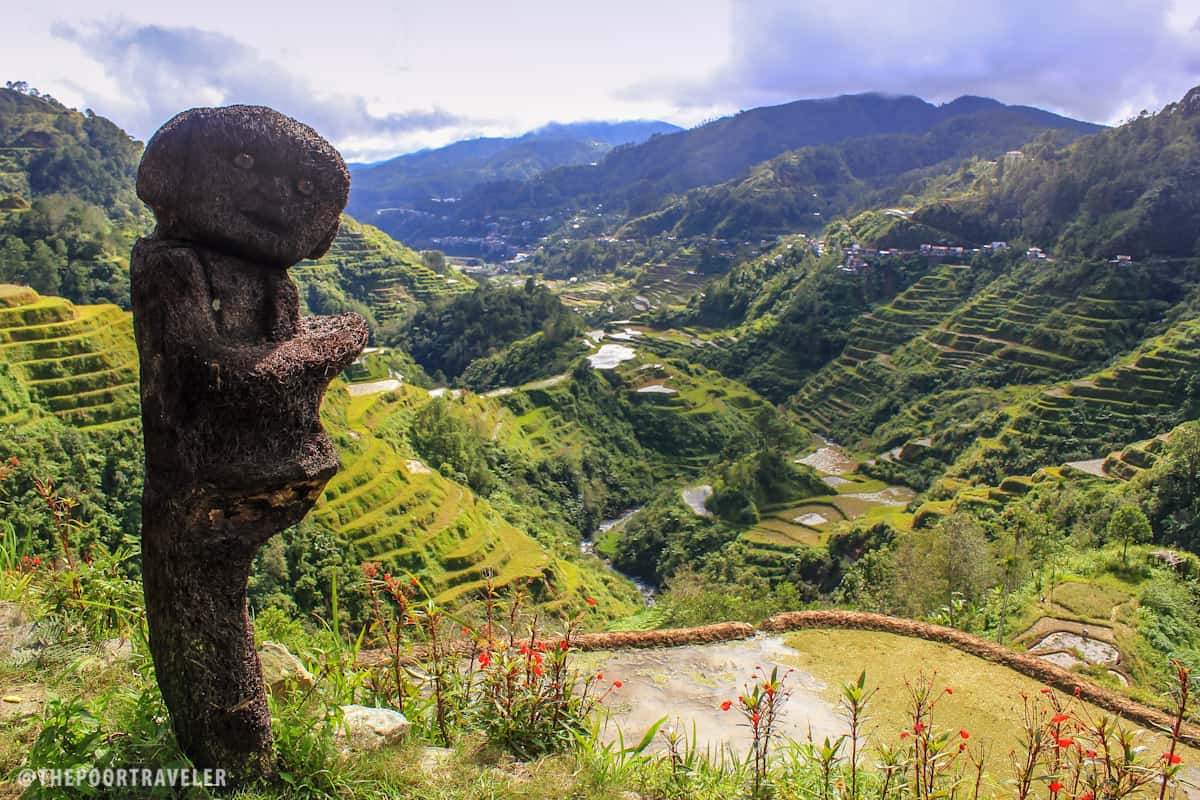
Not a UNESCO World Heritage Site
The Rice Terraces of the Philippine Cordilleras is a UNESCO World Heritage Site. Contrary to what some think, the Banaue Rice Terraces is NOT included in the five clusters included in the UNESCO inscription. Banaue Rice Terraces (usually) refers to the cluster of terraces near the town proper of Banaue, the cluster seen from the popular viewpoint along the highway and it is not part of the UNESCO inscription. I’m not sure why but I heard it’s because of the presence of modern structures. Here’s an excerpt from the UNESCO website about the five inscribed clusters:
“The five inscribed clusters are: (i) the Nagacadan terrace cluster in the municipality of Kiangan, a rice terrace cluster manifested in two distinct ascending rows of terraces bisected by a river; (ii) the Hungduan terrace cluster that uniquely emerges into a spider web; (iii) the central Mayoyao terrace cluster which is characterized by terraces interspersed with traditional farmers’ bale (houses) and alang (granaries); (iv) the Bangaan terrace cluster in the municipality of Banaue that backdrops a typical Ifugao traditional village; and (v) the Batad terrace cluster of the municipality of Banaue that is nestled in amphitheatre-like semi-circular terraces with a village at its base.”
Nevertheless, the Banaue Rice Terraces is still a stunner and is considered a National Cultural Treasure. However, it faces several challenges today including erosion that constant maintenance is needed.
At the Banaue Rice Terraces Viewpoint
The first thing we did when hopped out of the van was order lunch at Banaue Heritage Cafe, near the viewpoint. It was past noon and we were all hungry after a long drive from Sagada. While the cafe staff was preparing our lunch, we decided to explore the place, takes lots of pictures, and grab a few souvenir items. Here are some photos!
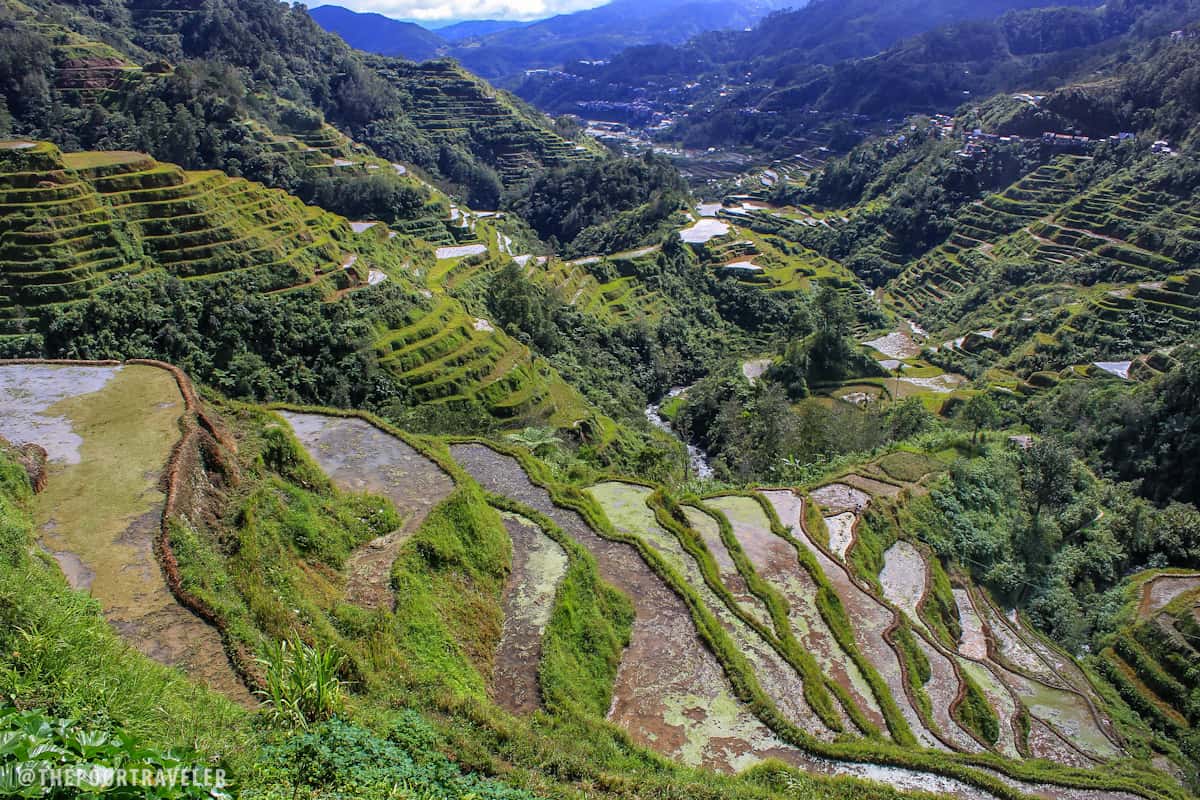
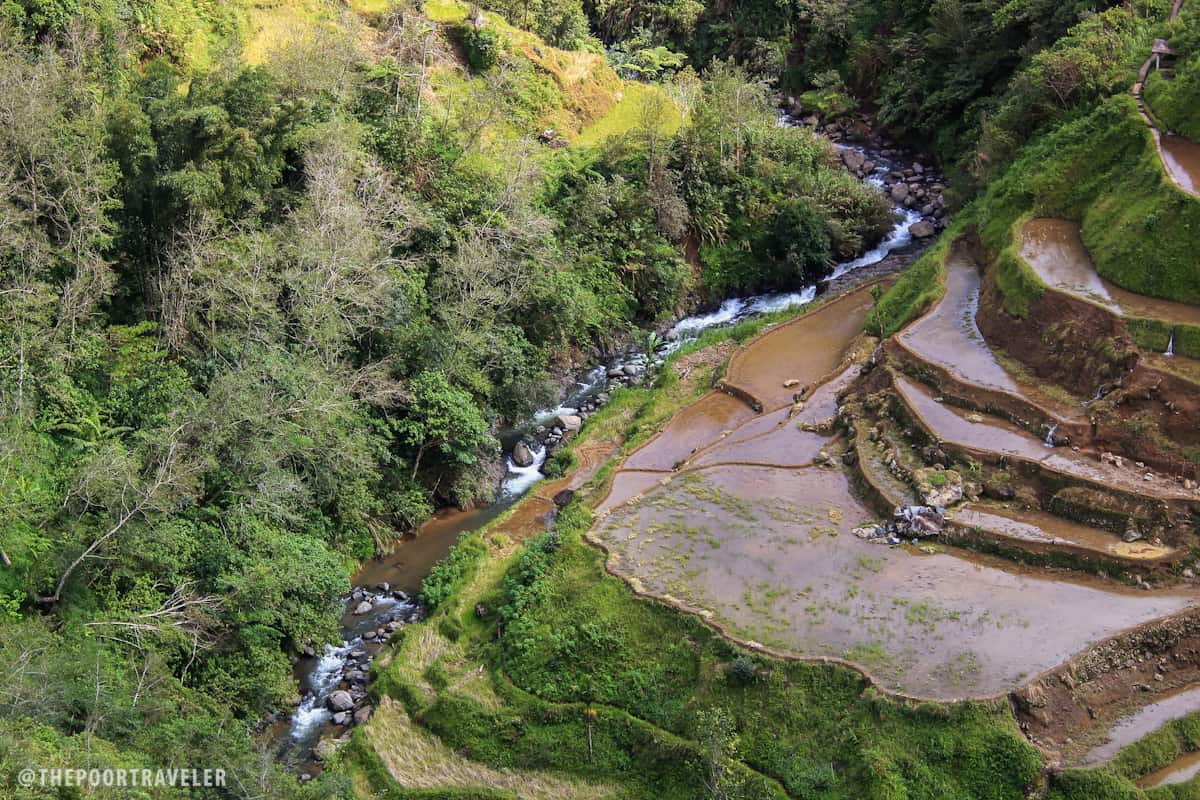
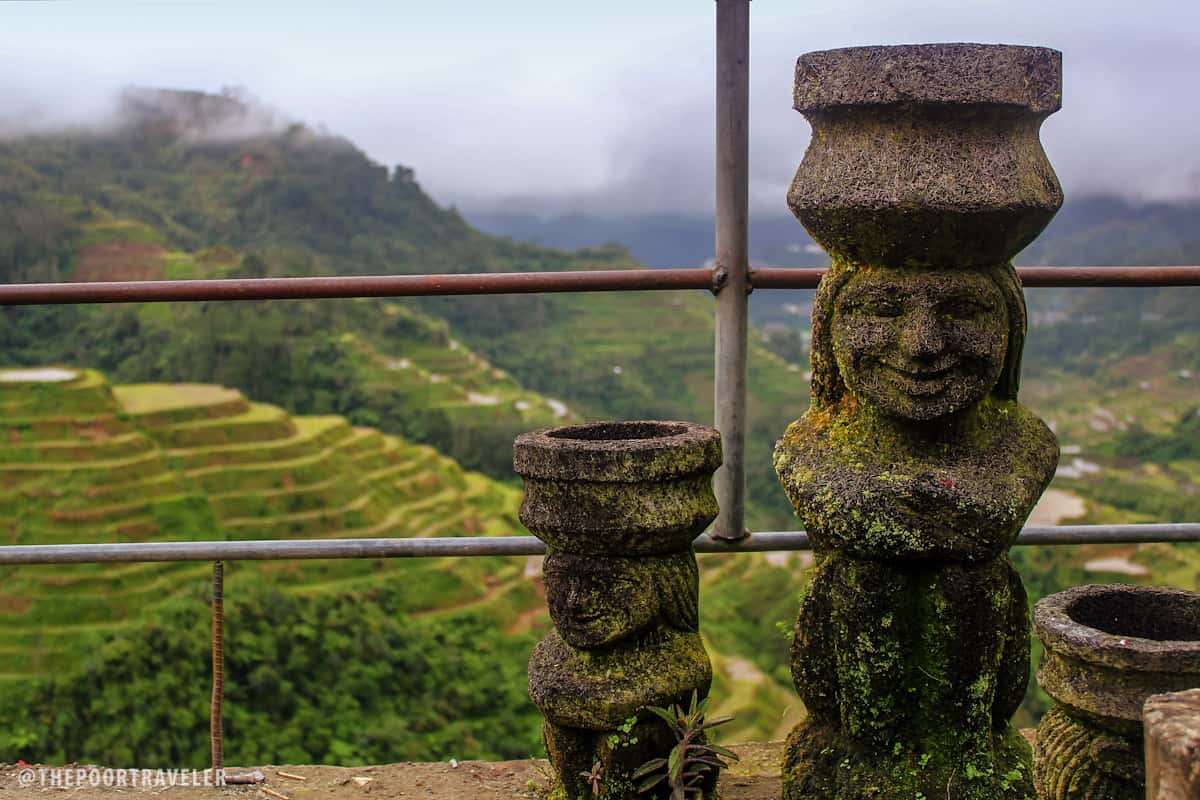
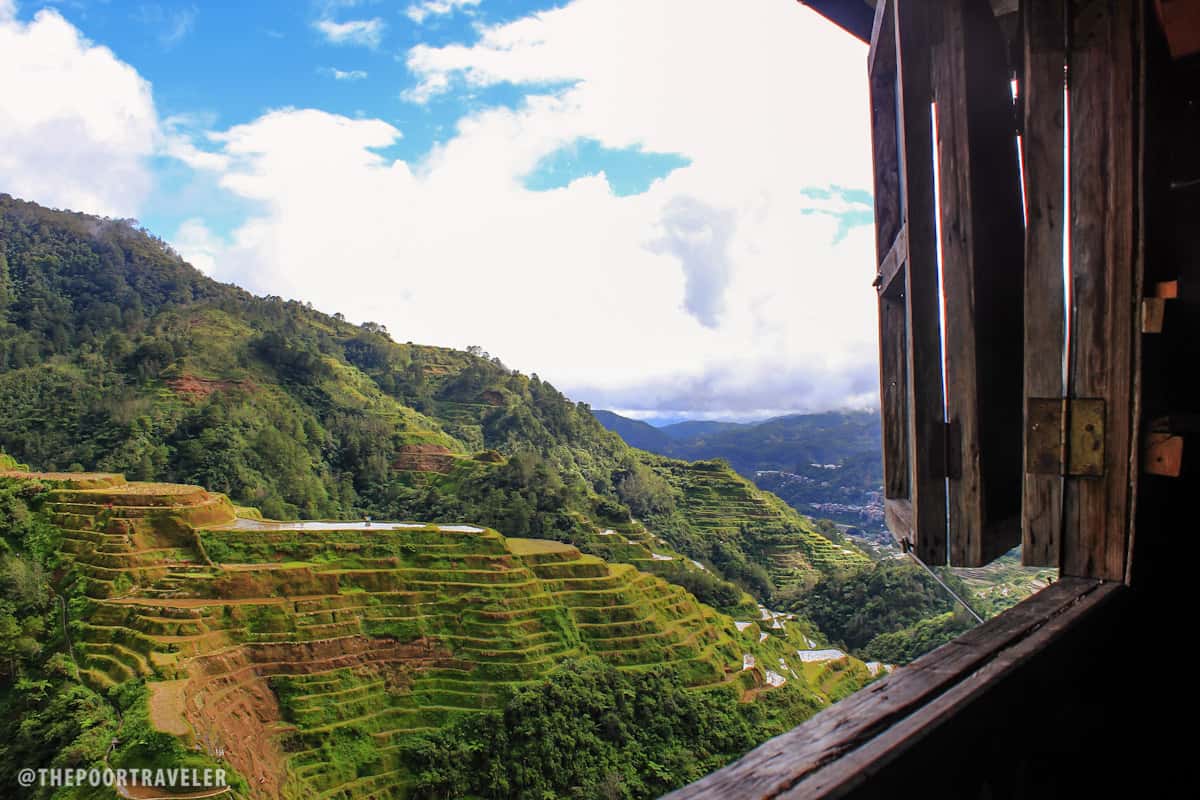
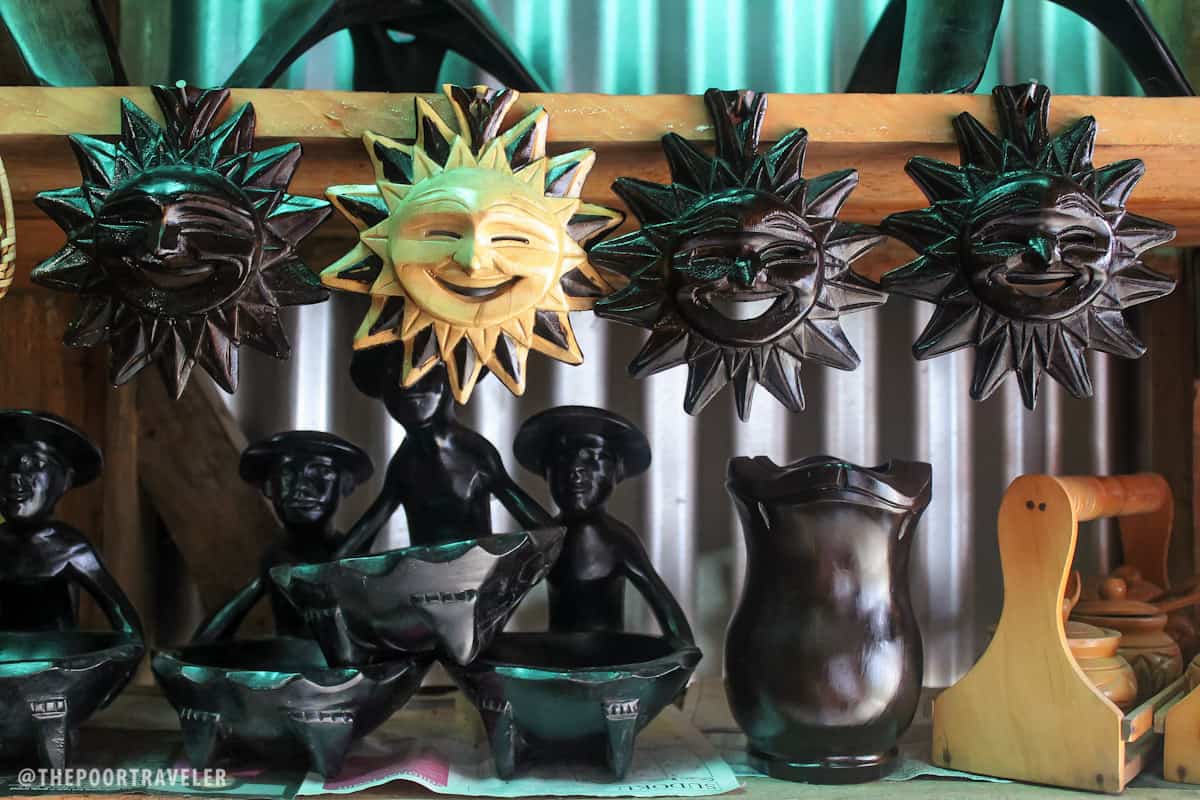
Posted: 2012 • 6 • 24
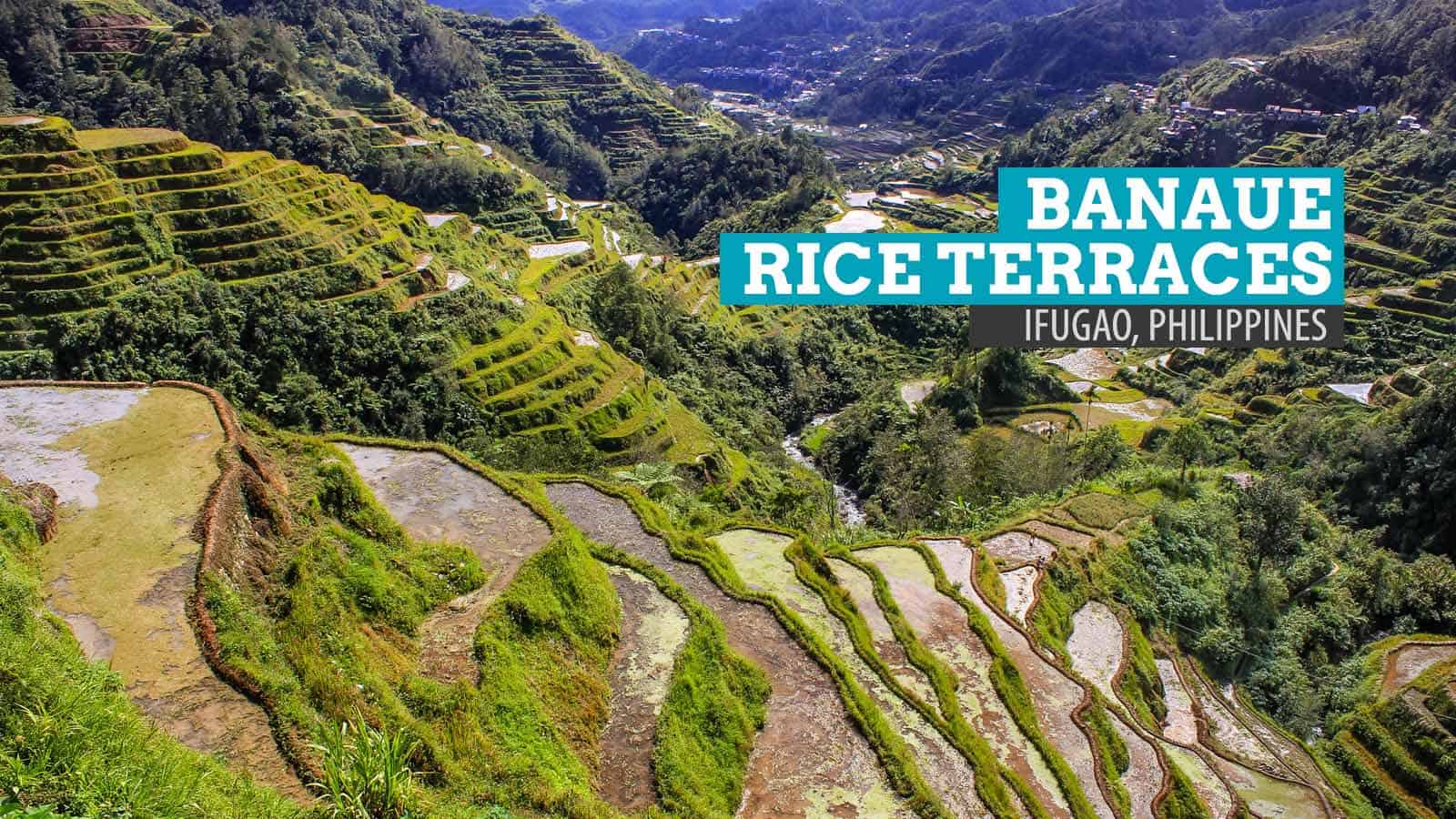























I’m going to visit this magnificent place soon!
you will find it magnificent. It is so huge, you can only see parts at a time.
the roads to get there are a challenge but it is worth it.
Woot! Enjoy your trip!
Hi ES!
Just to update you on the age, it’s actually just around 400-500years old. One implication of it being 2000 years old is that the agricultural techniques stagnated because they didn’t improve their ways for that amount of time. There’s a big debate as to why and how Otley Beyer dated it like that.
Im part of the Ifugao Archaeological Project and one of the main objectives is to date the terraces. We began in June 2012 (exactly the same time this came out haha) and it will continue for another 2 years. In fact, we’ll be back this July to excavate in Hapao. Here’s a link on last year’s findings (which I wasnt part of sadly. LOL)
environews.ph/food-agriculture/the-age-of-the-ifugao-rice-terraces-is-a-great-mystery/
Woot! Thanks for sharing, Lala! Very, very interesting! I shall take a look at that link you provided and update this post! :D
Hi, Yoshke!
When is the best time to visit Ifugao?
The best time to visit Banaue and other towns of Ifugao is Summer times. On months of April, May, June, July …. For information, take them from the reliable persons, verify other informations before believing them. Read the true history of the origin of the Banaue Rice Terraces. It is not the Chinese who build the Banaue Rice Terraces. Those who says it are liars, they don’t say the truth and they do not know anything about the history of another country. And better, they should not utter fake news or better not to even open their mouth.
Thanks to those who visit my beautiful place, please be guided accordingly. Enjoy your adventure. God bless you.
[…] https://www.thepoortraveler.net/2012/06/banaue-rice-terraces-ifugao/ […]